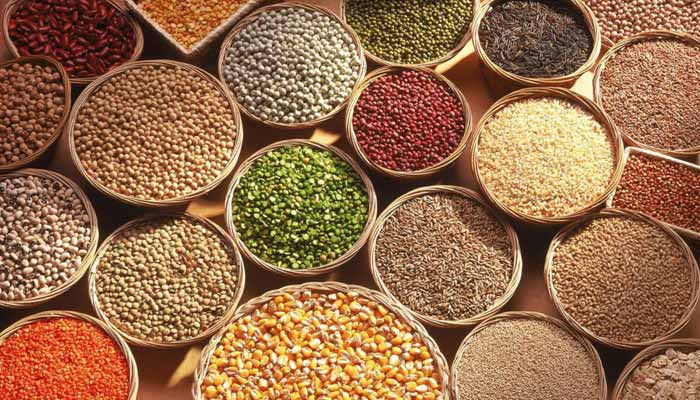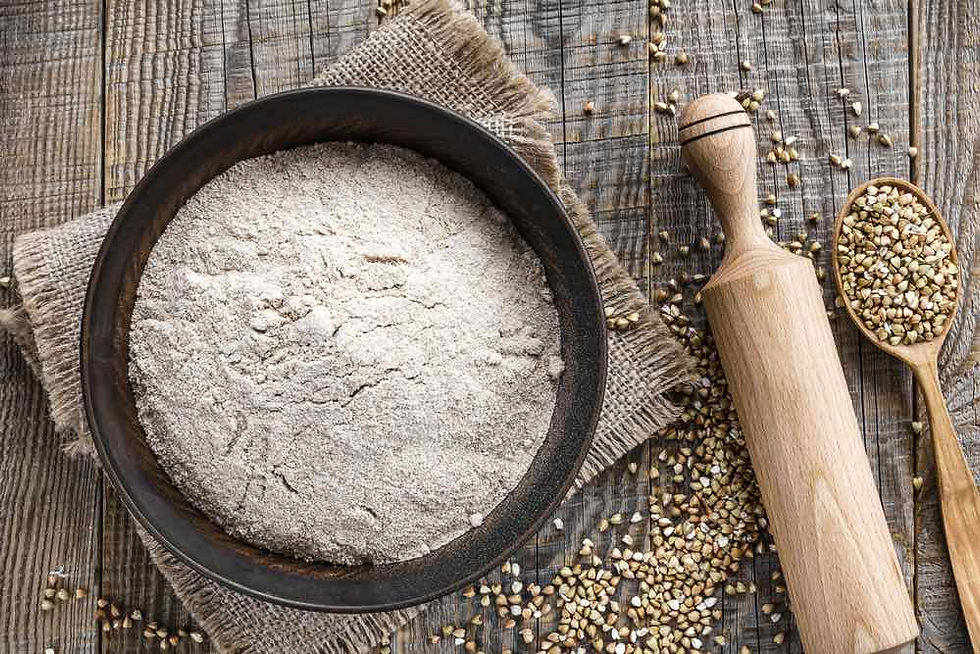Back to Basics: Our ancient gluten free food
- Natur Pro
- Nov 11, 2022
- 2 min read

Looking to reduce gluten in your diet and worried that you will be stuck eating brown rice and white rice for the rest of your life? Do not bother; these aren’t the only trendy and healthy alternatives. There are plenty of naturally healthy options that people around the world have been enjoying for thousands of years.
I remember my grandma’s love for corn, jawar (sorghum), and Bajra (Perle millet) as she used to prepare Jowar or Bajra or makki ki roti (corn flour flat bread) and sarso ka saag (A green leafy vegetable stew). She often tells us about the food habits of her time in 1900 as she belongs to the Dist. Sargodha Province of Punjab is now in Pakistan. Tiny, light-hued grains that have been traditionally consumed in India since ancient times, millets are a nutritional powerhouse. Millets is actually the name given to several small grains in the Poaceae or Gramineae grass family. This tiny grain is gluten-free and packed with vitamins and minerals.
A versatile grain, millet can be prepared like porridges or fluffed like rice. Ground into flour, it can also be used to make dough, dosa, pancakes, muffins, or bread. It’s probably the same reason why millets which have been indispensable to South Indian diets were pushed out of the limelight. It’s one of the few millets that has remained a mainstream food in many parts of interior Karnataka. Know as ragi this calcium-rich grain is ground and cooked as a porridge for children in many parts of the country as an alternative to cow milk. Packed with high fiber and iron content, and is excellent for diabetics. Now even dieticians concur that millets are a healthy substitute for rice and wheat largely due to their nutritional values, High Fibre, and low glycaemic index which makes them more suitable for diabetics and gluten-sensitive people.
Sorghum or jowar, there is no denying that quinoa is a super food, but in India, it is only sold in high-end grocery stores and is not affordable for the majority of Indian households and more over the use of the grain is also not well acquainted by the Indians. Jowar or sorghum is also known as the new quinoa with many health benefits. Rich in antioxidants, jowar also has anti-diabetic, anit-cancerous, and anit-obesity characteristics
Amaranth or rajgira, usually consumed in fasting in Indian families, is great for bone, and hair health and cholesterol, rajgira is also an excellent anti-inflammatory agent. Amaranth does not contain gluten so it may be a healthy and less expensive alternative to ingredients traditionally used for gluten-free diets. The quantity and quality of proteins of amaranth are superior to those of wheat, as it also contains a higher concentration of folic acid and its fiber and minerals contents are higher than those of other cereals. So there is plenty to opt for a gluten-free as well as a superior healthy life without bothering what to have on your platter next time.
Stay healthy…and keep connected for more gluten-free informative stuff.




Comments